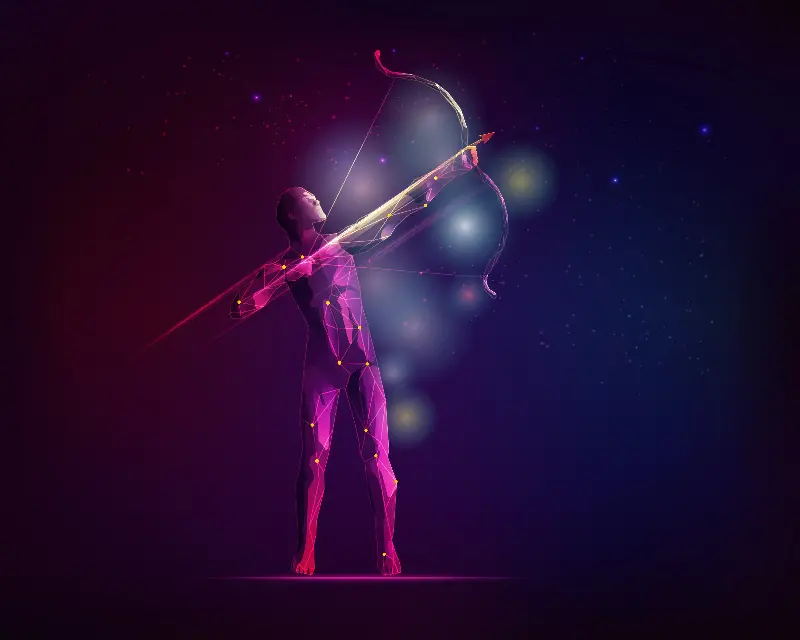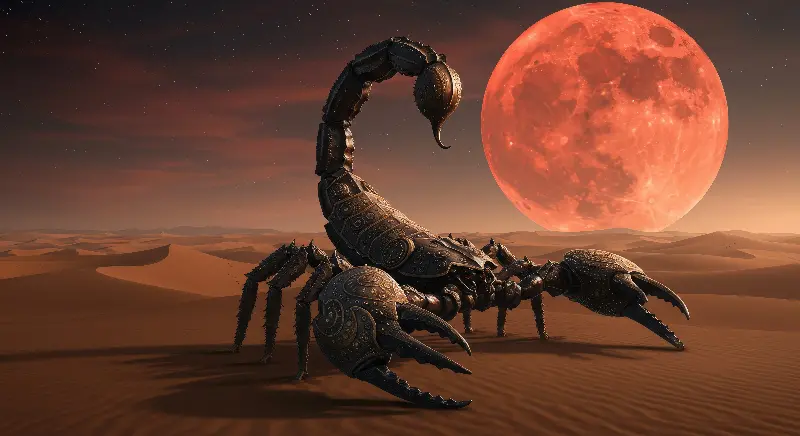For as long as humans have gazed at the night sky, they have found patterns among the stars and woven stories to explain their presence. From time-honored heroes to vengeful monsters, Greek mythology has provided the backbone for some of the most recognized constellations. Among these, the epic tale of Orion and the giant scorpion stands out, not just for its dramatic narrative but for its captivating link to the zodiac that still fascinates us today.

The Hero Orion: More Than Just a Hunter
In Greek mythology, Orion was no ordinary mortal. He was a giant and a gifted hunter, renowned across the ancient world for his strength and good looks. Some legends say Poseidon, god of the sea, was his father, giving Orion the ability to walk on water. Orion accompanied Artemis, goddess of the hunt, on many adventures, winning her favor and causing Apollo, her brother, to become envious or concerned for her. Depending on the myth, Orion’s charisma and skills both charmed and annoyed the gods, setting the stage for his dramatic fate.
Orion’s story varies across sources, but his pride and reputation often lead him astray. One of the most well-known versions recounts that he boasted he could kill all the animals on Earth. Gaia, the personification of Earth, was alarmed by this and decided Orion must be stopped. This would bring about the creation of one of the zodiac’s most formidable figures.

The Arrival of the Giant Scorpion
The giant scorpion, known in Greek as Scorpius, was summoned by Gaia as an instrument of divine justice. Some sources claim Apollo pleaded with Gaia to intervene, fearing for his sister Artemis’s affections or Earth’s creatures. The scorpion was not just any earthly animal, but a monstrous beast whose sting was fatal even to mighty Orion.
According to the myth, their encounter was swift and spectacular. The scorpion stung Orion, and the great hunter fell. The gods, moved by this tragic end, decided to honor both figures by placing them among the stars. Orion became the sprawling constellation that dominates the winter sky, while the scorpion was set in the summer sky as Scorpius, ensuring the two enemies would never meet again.

How Mythology Created The Zodiac Legends
This tale is more than just entertainment—it’s a glimpse into how ancient Greek society tried to make sense of the universe. The story of Orion and the scorpion isn’t found solely in old books but is also mapped onto the sky. These constellations are more than star clusters; they are celestial memorials of legendary deeds, visible reminders that connect humanity to its mythic past.
The zodiac itself, a band of twelve constellations through which the sun, moon, and planets appear to travel, blends astronomy and mythology. The Greeks adopted and modified much of their zodiac from the Babylonians, but they personified each sign with their own stories. Scorpius became the embodiment of danger, stealth, and transformation, while Orion was a testament to the heroic but flawed human spirit.
What’s truly fascinating is the way these myths were built around real astronomical observations. The constellations of Orion and Scorpius never rise in the sky at the same time. When Orion sets in the west at dawn during early spring, Scorpius rises in the east, almost as if one is chasing the other across the heavens. This poetic interplay, first seen in the unspoiled skies of ancient Greece, gave life to the legend of eternal pursuit.
Modern Mystique: From Stargazing to Horoscope
Today, the stories of Orion and the giant scorpion captivate not only enthusiasts of mythology but also those interested in astrology and popular culture. Scorpio, as it is known in the astrological zodiac, is considered one of the most intense and mysterious signs, associated with loyalty, passion, and resourcefulness—traits fitting for a creature that defeated a giant.
Meanwhile, Orion serves as a beacon for stargazers around the world. His belt—three bright stars in a row—is one of the easiest astronomical features to spot on crisp winter nights. For millennia, travelers and explorers relied on Orion for navigation, and poets used him as a symbol of courage and tragedy.
The legacy of these mythological figures underscores the human desire to find meaning in the cosmos. Whether used as guides, omens, or mere wonders, Orion and Scorpius bridge the gap between ancient legend and present-day fascination. They remind us that the night sky is far more than a blanket of stars—it is a living tapestry of stories, hopes, and mysteries.
As you look upward tonight, consider how the shapes above you—crafted in the imagination of civilizations thousands of years ago—continue to spark wonder and unite us, just as they did the hunters, philosophers, and dreamers of ancient Greece. From myth to zodiac legend, the giants and monsters of the heavens remain eternal companions in our shared human story.
